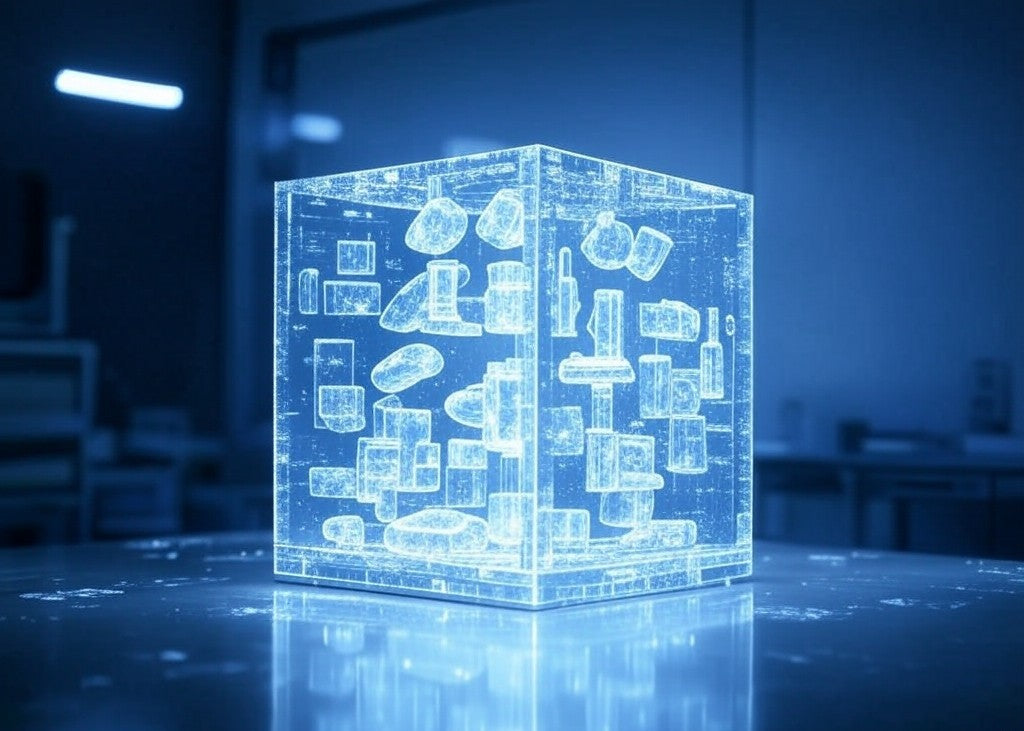As with all scOS AI technology, it begins with two things; data and training.
Data, in the form of images, are required to show the potential AI model examples of what it needs to find by itself.
Therefore, the purpose of this article is to show how scOS trains AI on how to see a person and face within a single image - like you would when going about your day.
Due to the vast amount variations in an individuals face compared to the next, many thousands of images are required when compared to ANPR Training. As an example, the license plates on cars are very consistent with their features. However, this is not the case for individuals.
Goal:
To train a Convolution Neural Network model on the concept of a person, face or other objects for use in recognising people at home. This is not the same as facial recognition.
Image Collection
As we are working on the initial stages of scOS, we have to be creative on how we responsibly collect imagery. Furthermore, we also have to consider a demographic balance of the people in the collected images to prevent any technical bias.
We have two methods for image collection:
Method One: Consenting Customers
When we need to gather imagery, we ask our customers if they are happy to provide us with training images that contain people on their property via training contributions. They choose which cameras they are happy to have contribute.
This is the best data to receive as it is most accurate for our use case on CCTV cameras.
However, in order to get a good sample size for training, we have to look to method two for help.
Method Two: Free Commercial Use Images
We use freely available stock photos that are suitable for commercial use. The main and only website we have used is Pexels. Here we can use search terms like "people", where Pexels will return every* image on the website that contains people.
We then download these images and tidy up to remove duplicates or images not fit for purpose (ones that don't include people).
* This will be every image that has been tagged with the word "people".
Image Processing
Image annotation is where a team member looks at a single image and draws a box around the "object", in this case it is a person and face. For example, imagine you have a portrait of a person, you want to draw a box around the person so they are inside it. This box will be labelled "person". A second box is then drawn around the persons face. This is labelled "face".
Later when the AI model is shown an image it has never seen before, it will repeat the same steps you just did on its own accord. Thus it now knows what a person and a face looks like.
With AI, we have to be precise on what we are getting it to recognise. We also annotate vehicle licence plates.

Additional Notes
ONE
Within the "person" label, scOS also includes held objects within the annotation. This is so, later, our AI model can associate an object being held in a persons hand.
There are two clear use cases for this:
- Is an unknown person holding a dangerous item, will this make them suspicious?
- This messenger bag is being carried by this person, could it become lost property?
Model Training
Once all the images have been annotated, we will have two new files; the image and its corresponding data file that holds the coordinate locations of the boxes.
As these images are used for training our object detection model "scOS ObjecTron", they are mixed into a new dataset with the ANPR and vehicle annotations.
scOS ObjecTron is the technology that interprets what is visible on your camera.
Once training is complete, we then asses the results of the model by testing it on images it has never seen before.
DATA RETENTION:
We retain collected images for as long as our model training events require it. However, you can request us to erase data that matches to your vehicle(s) using the contact details below. This approach balances our need for continuous model improvement with responsible data management practices.
Customers can stop contributions (which are disabled by default) by going onto CaelusView > Preferences > Device Manager and editing the camera.
INDIVIDUAL RIGHTS:
We respect GDPR rights, including:
- Right to access personal data
- Right to request rectification of inaccuracies
- Right to request data deletion
To exercise these rights or for any inquiries, contact:
- Email: controller@smartcityos.co.uk
- Phone: 020 8050 1095
We commit to prompt responses and appropriate actions in accordance with applicable data protection laws.
CONTACT INFORMATION:
For any queries or concerns regarding data protection and privacy practices, individuals can contact us at controller@smartcityos.co.uk or call us at 020 8050 1095.
Please also view more readable policies and articles around data in our Data Ethics Zone.




